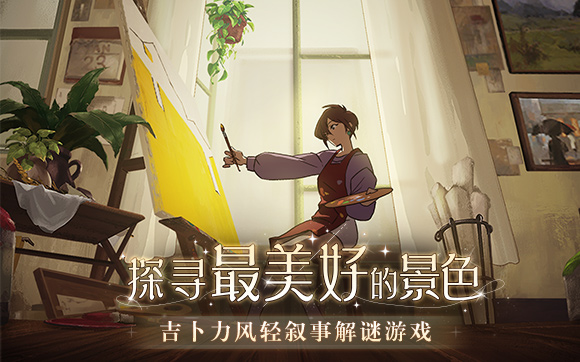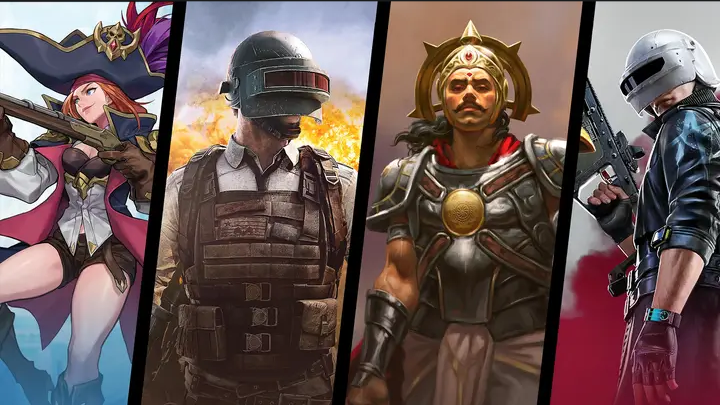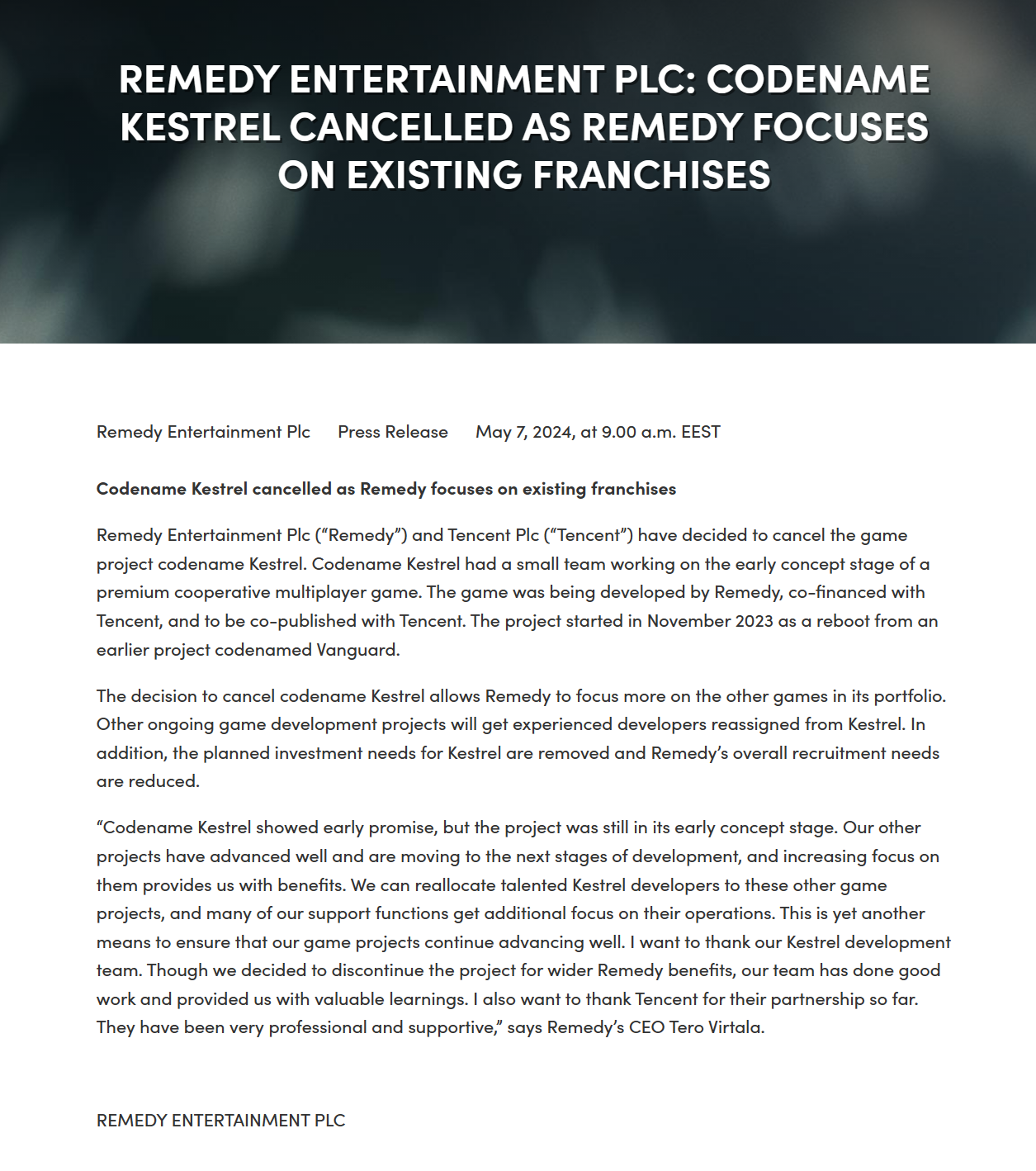It’s been two years since the release of the hyper-casual game Going Balls, but the game still frequently appears on the top ten lists. According to data.ai data in November 2023, the game has become the second most downloaded hyper-casual game and ranks 19th in the all-category list. At a time when some people think that the hyper-casual model has declined, why is “Going Balls” still strong and able to continue to attract a large number of players? What work has its publishing team Supersonic from Unity done to make this game everlasting?
Stefan Filote and Ionut Iftimia from the “Going Balls” production team Pronetis recently shared the creative inspiration and development process of the game, and how the team has spent the past two and a half years working with its publishing partner Supersonic from Unity to make this game possible. This game continues to burst out with vitality and becomes an ever-popular game.
Q: Please introduce the production background of “Going Balls”. Is this game inspired by a certain game or type of game? What were your goals when developing this game?
The story of Going Balls goes back to our previous game for mid-range gamers, Gyrosphere Trials. The game performed very well, showing excellent user retention in the past, but has lost steam over time. The game’s graphic design is relatively niche and the challenges are relatively difficult. Therefore, although it has a strong appeal to a specific audience, it also limits its influence among a wider range of users.
Inspired by this game, we tried to release a sequel game for core players, but it backfired and failed to build on the success of Gyrosphere Trials. We realized it was time to launch a ball game with a more accessible gameplay to appeal to a wider audience. This is where our journey into hyper-casual games begins.
Over the next few years of developing hypercasual games, we realized that a successful hypercasual game isn’t just about developing and publishing, it’s about creating a gaming experience that continues to resonate with a broad audience. This is a long-term process that doesn’t stop once the game is released.
So we decided to give Gyrosphere Trials a complete overhaul. We knew the game’s core gameplay loop had potential, but was just too difficult, so we took a different approach to creating levels that would be more accessible, fun, and visually appealing to people of all ages and skill levels. More attractive. Over the next 6 months we worked hard to attract new users, playtest and fine-tune until we were satisfied with the results.
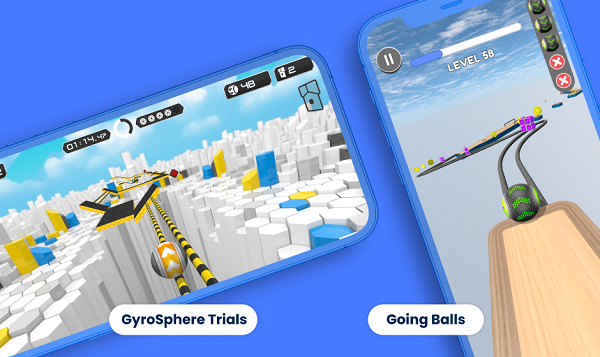
Q: What kind of games do you think are excellent hyper-casual games? Is hypercasual going into decline or is it here to stay?
With its engaging and straightforward gameplay, almost anyone can quickly pick up the hyper-casual game. In addition, hyper-casual games have a short development cycle and can quickly test the game with real users, thus avoiding the development risk of investing months or even years on an unproven concept. This makes hypercasual an ideal game type for a small team like ours. However, the simplicity and ease of learning of hyper-casual games also pose challenges to their longevity.
That’s why when we develop our games, we combine hyper-casual concepts with the mechanics and depth of midcore games. We view the release of a game as a validation of the game concept, and continue to iterate and improve based on user feedback and data starting from the day of release, and continue to add content throughout the life of the game. This approach allows us to keep players engaged and build lasting connections with them, so our games stay on the charts for a long time.
Q: What methods has the team adopted to keep “Going Balls” in the top ten on the list for a long time? Do you have any advice for other game developers?
Additionally, it’s crucial to choose a partner who shares your views or has a clearer way of thinking. We wouldn’t have gotten this far without the support of the Supersonic from Unity team during our game development process. Not only did they encourage us to adopt an experimental design approach, they also helped us continually tweak and improve the game through comprehensive A/B testing and in-depth data.
Q: What advantages does cooperation with Unity provide for your game development? Such as accelerating development? Version updates easier to deploy?
First, the Unity engine has many obvious advantages. Its ease of use, strong and supportive developer community, performance optimization for mobile devices, and many other features help ease the difficulty of daily development work, thereby helping us maintain a fast development pace. If these tasks were undertaken by ourselves, the game production process might never advance smoothly.
Then there’s Unity’s asset store, which can be said to be a treasure trove of tools and content. We can use the resources within to quickly prototype and test new concepts in the game, and only once we have data that proves players are comfortable with the concepts do we move on to creating the final version of the content.
For example, we are currently adding some skeleton-themed levels. These optional levels can be accessed from the main game process and are challenging. Preliminary testing shows that this is attractive to some players, but some players have given up on this level. When testing how to reduce players from quitting the game due to frustration, we used the Unity Asset Store to quickly build level gates to limit the number of player attempts. Only after testing out a winning group do we invest time in creating customized content.
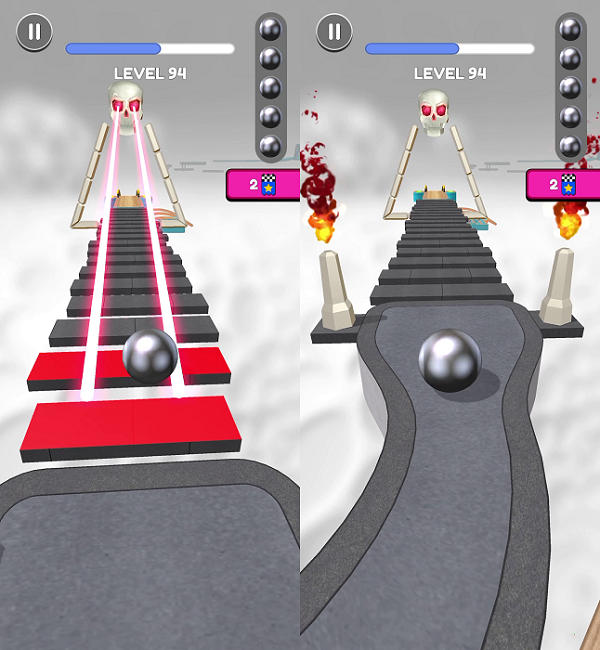
Q: What other plans do you have for the continued success of Going Balls?
Q: Are there any new projects or plans to launch in the future?
There are endless possibilities for game creativity, and we are always coming up with new game concepts. But for now, we’re putting all our energy into Going Balls. We still have a lot of ideas and plans to implement for this game, and our goal is to make the game continue to be a hit!
